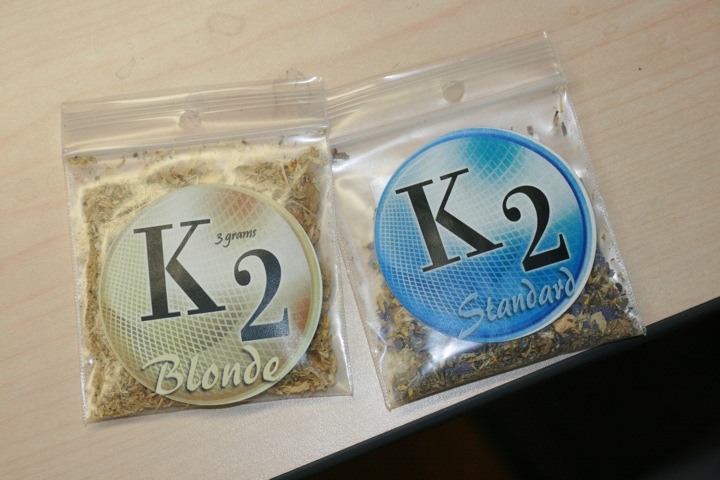Photo: Stephanie Gresham
Stephanie Gresham
Staff Writer
The subject of the legalization and consumption of marijuana has been discussed and debated to no end. Drug enforcement officials now have yet another harmful substance to consider for control or regulation. Gas stations and head shops all over the country are responsible for the distribution of synthetic marijuana products to the general public. These products are sold legally; however, it is illegal for an individual to possess them with the intent to consume. Due to a lack of professional studies, the consequences of using synthetic marijuana is unknown, but law enforcement officials, scientists, and doctors are already dealing with the repercussions of K2, Spice, and other “fake pot” products.
Synthetic marijuana chemicals were invented in the laboratories of Clemson University by professor of organic chemistry, John W. Huffman. Huffman’s creation was the result of an ongoing study researching chemical compounds he believed could be used for medicinal purposes. Testing began in 1984 and under a $2 million federal drug grant, more than 450 different synthetic cannabinoid compounds have been created and tested on lab animals. The tests were designed to study the interaction between drugs and brain receptors. According to Huffman, “These receptors don’t exist so that people can smoke marijuana and get high. They play a role in regulating appetite, nausea, mood, pain and inflammation.” Huffman compares ingesting the chemicals to playing Russian roulette. “They have profound psychological effects. We never intended them for human consumption.” Huffman’s teams published a research paper in 1998 and, not long after, watchful opportunists recognized the available market for stronger highs without the threat of legal trouble. By early 2009, the chemicals were soon being mixed and sold in head shops under the names of K2, Cloud 9, Spice, Black Magic, and others.
Of the 450 different chemical compounds created for synthetic marijuana, at least 5 of them can be produced from commonly available starting materials. Those five have since been banned nationwide by the Drug Enforcement Administration. The ban was put in place for a year, with the possibility of a six-month extension. This extension will allow authorities to perform appropriate testing to determine whether or not the substances should be permanently controlled, or if they should continue to be sold under governmental regulation. In the meantime, however, there are 445 chemical compounds that are being mixed and sold, and the DEA does not have the resources or funding to provide testing on them all.




